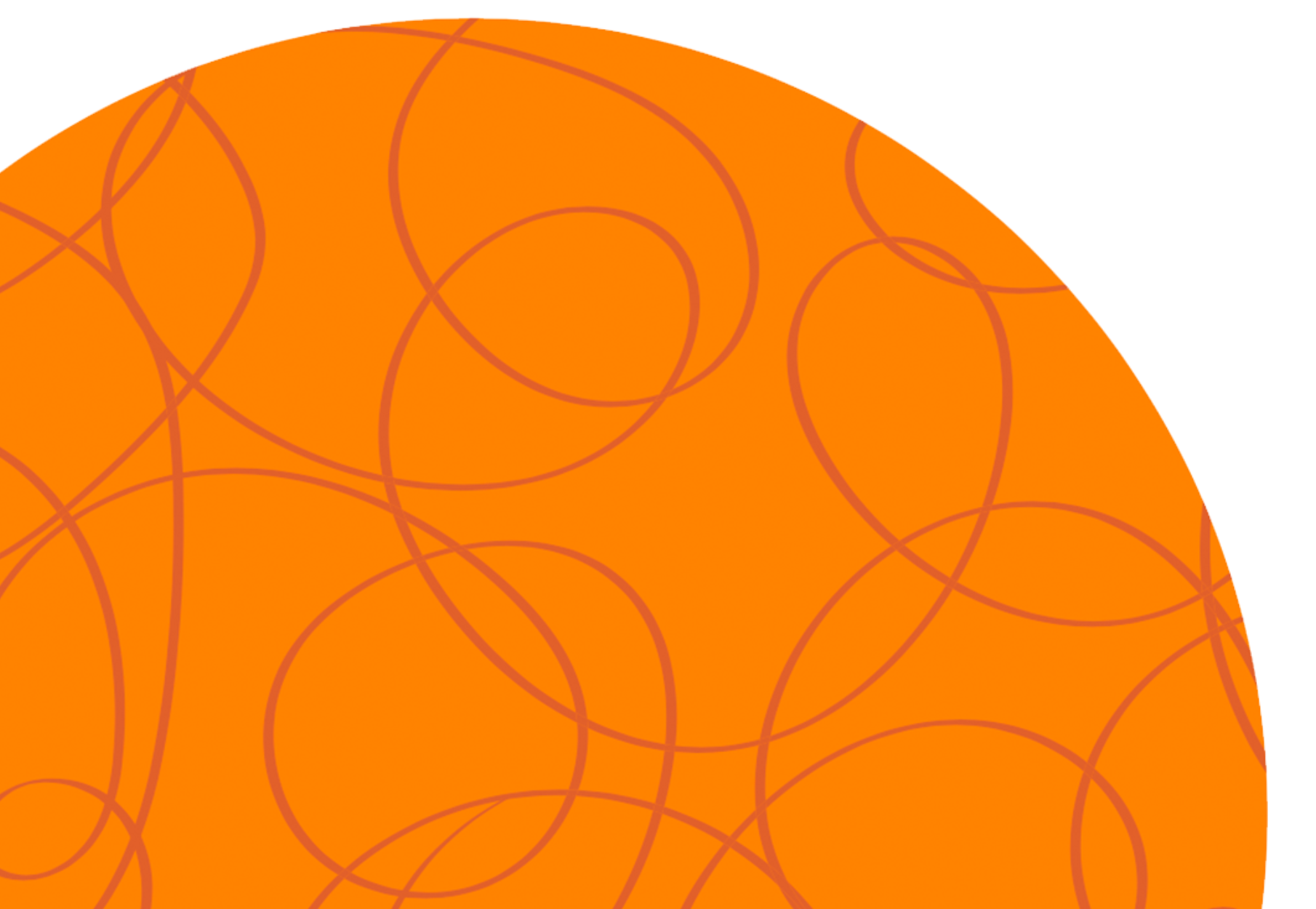Autism is often described as a different way of thinking or a difference in brain wiring. Many of the most well-known characteristics of autism indeed relate to communication, behaviour and social skills. An autism specialist, however, should also be able to recognize the physical traits that may also be associated with autism.
Features that an autism specialist should recognize:
Some of these physical features may be part of the official diagnostic criteria, others may simply be more common with autism and may therefore be suggestive to an autism specialist that there is something to investigate further. It is always important to remember that no two people with autism are the same, so every individual will have a different combination of autistic traits to differing degrees of intensity.
Stimming
Stimming (also known as stereotyped behaviours) is the term used to describe the repetitive and sometimes compulsive actions often shown by people with autism. However, many people who are not autistic may sometimes display similar behaviours, just to a lesser extent. A few of the most common include hand flapping and rocking back and forth. Some stimming behaviours, such as head banging, can be harmful and cause physical injury, but typically they are used as a form of self-soothing to relieve anxiety and block out any distressing stimuli.
Toe walking
Toe walking refers to the literal process of stepping forwards on the front of the foot without putting down the heel. It can be caused by a range of conditions, from cerebral palsy to muscular dystrophy, but it has also been observed to be particularly common in children with autism.
Motor skills
Fine motor skills are movements that involve a greater degree of control from the hands and arms. Many children with autism have poor handwriting and may struggle with things such as drawing, painting, and using scissors. Even something like opening a jar may be particularly difficult.
Gross motor skills involve the lower body, particularly the legs and feet. Some children with autism may struggle with running, jumping, or balancing on one leg. Balance and coordination issues may lead to trouble with riding a bike and other activities.
Motor skills issues can be exacerbated by problems with proprioception, or the ability to sense your body’s position about the world around you, and with motor planning, or the process of perceiving, organizing, and acting involved in any movement.
Low muscle tone
Lower than-average muscle tone is properly called hypotonia. The list of possible causes is lengthy, but it could include autism, which is linked to poor motor abilities. It makes muscles weaker and slower to react, with less tension, whether stretching out or withdrawing again. In the lower body, it can cause issues with walking. In the face, it may lead to unusual or inappropriate facial expressions (or lack thereof) and may make it harder to smile, laugh or even make eye contact.
Sensitive to stimuli
Issues with sensory regulation are common in people with autism, although this can take many forms. Some people experience increased sensitivity to stimuli, such as bright lights or loud noises. Others may not respond to stimulation that others find particularly noticeable. People with autism may find wearing certain clothes aggravating or be distressed by smells that other people barely notice. When people with autism are “picky eaters” who will only consume certain foods in limited amounts, it is sometimes due to sensitivity to that food’s taste or texture.
Comorbidities
Comorbidities are conditions that commonly occur at the same time as another condition. This can, however, cause problems with diagnosis when symptoms overlap, and it can be difficult to separate what causes what. For autism, common comorbidities include epilepsy, learning disabilities and various forms of gastrointestinal issues. Mental illnesses such as depression and anxiety may also occur more frequently.
Wrapping Up
These are just some physical features associated with autism, though many can also be associated with other conditions, and not all people with autism will display all possible characteristics. Nevertheless, all autism specialists need to understand these traits, so they are better able to effectively diagnose autism and provide the most appropriate support, such as physical or occupational therapy.





